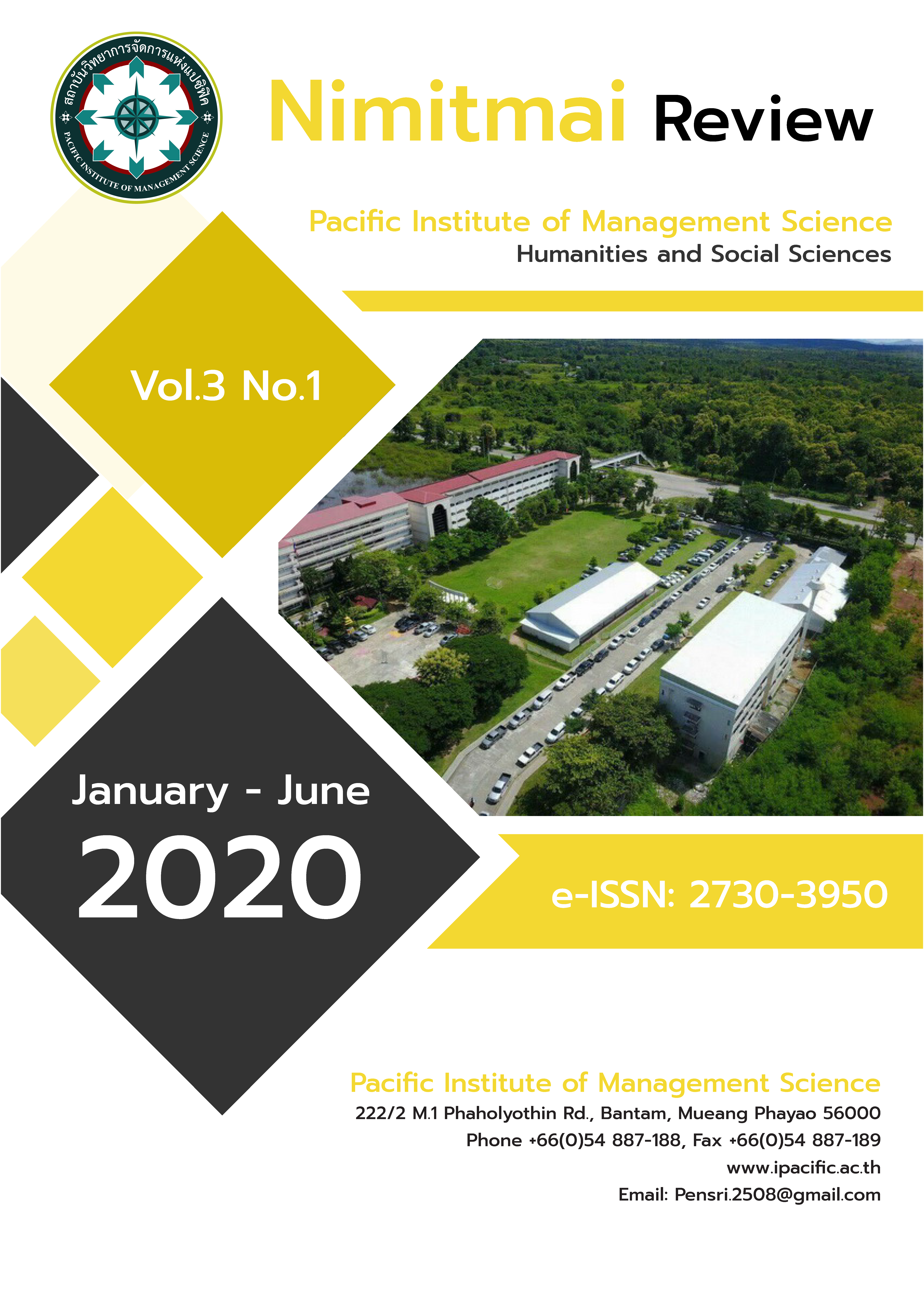BRAND MANAGEMENT THROUGH STIMULUS-ORGANISM-RESPONSE (SOR) INTEGRATIVE EFFORTS
Keywords:
Stimulus, Organism, Response, SOR Model, Brand ManagementAbstract
This article presents an approach to brand management through a process of stimulus and organism (i.e. perceptions, image, attitudes, knowledge) formation of brand. The two empirical cases –one of the consumer perceptions on Alipay mobile payment system, and another on Tae- tea brand in China – demonstrate not only the validity and robustness of the SOR (Stimulus-Organism-Response) model but also offer some of the theoretical and practical implications in other research and practical issues and areas. The model fit is evidenced by the structural equation model (SEM) statistics. By integrating the descriptive analysis, ANOVA and t-tests, the various significant differences of the demographics and psychographic variables can further help the brand owners and managers identify the important areas where branding and marketing initiatives should be targeted. The SOR model is simple and analytically generalizable to various applications not limiting to only consumer behaviors and brand perceptions, but can also be extended to any research issues that relate to socio-psychological states, stimulating factors, intentions, commitment, behaviors and performances.
References
Aaker, D.A. (1991). Managing Brand Equity. New York, NY: The Free Press.
Baloglu, S. and Brinberg, D. (1997). Affective images of tourism destinations. Journal of Travel Research, 4, Spring, pp. 11-14.
Berlyne, D.E. (1971). Aesthetics and Psychobiology. New York, NY: Meredith.
Dall’Olmo Riley, F. (2010). Editor’s Introduction: Brand Management. In F. Dall’Olmo Riley (Ed.),Brand Management, Volume I (pp. xxv-ixxx).
Dall’Olma Riley, F., Ehrenberg, A.S.C., Castleberry, S.B., Barwise, T.P. and Barnard, N.R. (1997). The Variability of Attitudinal Repeat-Rates. International Journal of Research in Marketing, 1495), pp. 437-450.
De Chernatony, L. and Dall’Olmo Riley, F. (1998). Defining a Brand: Beyond the Literature with Experts’ Interpretations. Journal of Marketing Management, 14(4/5), pp. 417-443.
Deighton, J. (1996). The Future of Interactive Marketing. Harvard Business Review, 74(November December), pp. 151-161.
Fournier, S. (1998). Consumers and Their Brands: Developing Relationship Theory in Consumer Research. Journal of Consumer Research, 24(4), pp. 343-373.
Hair, J.F.H., Black, W.C., Babin, B.J., Anderson, R.E. and Tatham, R.L. (2006). Multivariate Data Analysis. USA: Pearson Education International.
Johnson, E.J. and Russo, J.E. (1984). Product Familiarity and Learning New Information. Journal of Consumer Research, 11(June), pp. 42-50.
Kapferer, J.N. (2008). Strategic Brand Management. London: Kogan Page.
Keller, K.L. (1993). Conceptualizing, Measuring, and Managing Customer-based Brand Equity. Journal of Marketing, 57(1), pp. 1-22.
Kohler, W. (1929). Gestalt Psychology: An Introduction to New Concepts in Modern Psychology. New York: Liveright Publishing.
Lindstrom, M. (2005). Brand Sense: How to Build Powerful Brands through Touch, Taste, Smell, Sight and Sound. UK: Kogan Page.
McCracken, G. (1986). Culture and Consumption: A Theoretical Account of the Structure and Movement of the Cultural Meaning of Consumer Goods. Journal of Consumer Research, 13, pp. 71-84.
Morgan, N. and Pritchard, A. (2002). Contextualizing Destination Branding. In N. Morgan, A.Pritchard and R. Pride (Eds). Destination Branding: Creating the Unique Destination Proposition (pp. 11-41). Burlington, MA: Butterworth-Heinemann.
Park, C.W., Jaworski, B., and MacInnis, D.J. (1986). Strategic Brand Concept-Image Management. Journal of Marketing, 50(4), pp. 135-145.
Slater, J. (2012). Brand Louisiana: Come as You are. Leave Different. In N. Morgan, A. Pritchard and R. Pride (Eds). Destination Branding: Creating the Unique Destination Proposition (pp. 148-162).Burlington, MA: Butterworth-Heinemann.
Tan, C.C. (2017). A Fieldtrip Approach to Study Tour Guide in Shaping Student Tourist Experience, Journal of Mekong Societies, 13(2), pp. 23-44.
Tan, C.C. (2018a). Giving Strategic Management an Epistemological Structure: A Case of Communitybased Tourism. National Academy of Managerial Staff of Culture and Arts Herald. 1., pp. 723-733.
Tan, C.C. (2018b). An Advanced Strategic Management Text: A Research-Oriented Approach. First Edition. India: IMRF Publication House. ISBN: 978-93-86435-27-9.
Tan, C.C. and Patthracholakorn, A.I. (2018). Towards a Community-based Theory of brand Community Engagement, Advanced Science Letters, 24(7), pp. 5167-5170
Wheeler, A. (2013). Designing Brand Identity: An Essential Guide for the Whole Branding Team. Hoboken, New Jersey: John Wiley & Sons, Inc.



